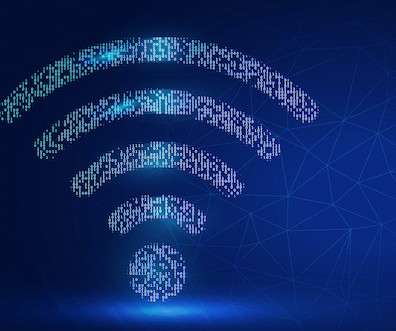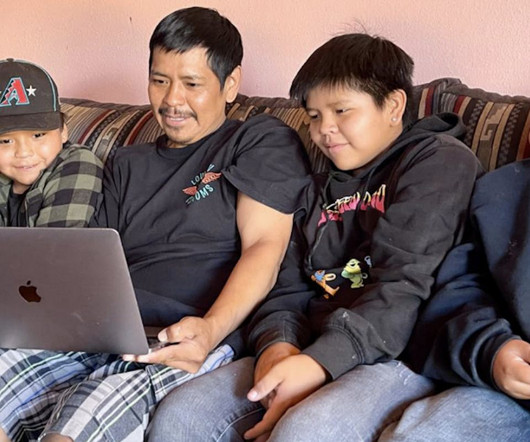Revised Federal Edtech Plan Calls for Closing Digital Divides
Edsurge
FEBRUARY 26, 2024
This is one of the first documents that really gives schools a roadmap for looking at their technology systems as a whole, says Lindsay Jones, the chief executive officer of CAST, a nonprofit that advocates for equitable learning conditions. It’s intensified the long-standing desire to deliver a truly inclusive education system.































Let's personalize your content